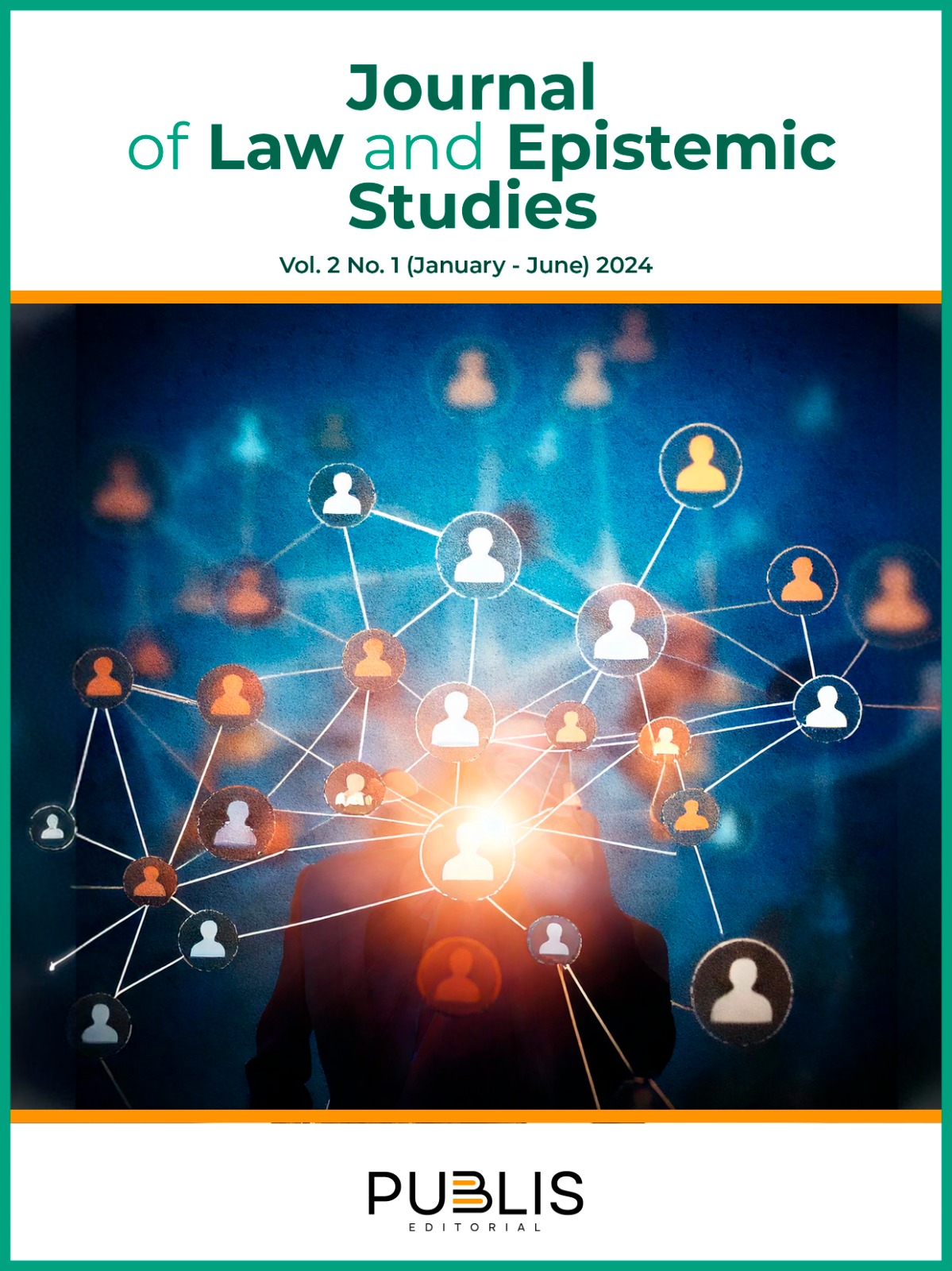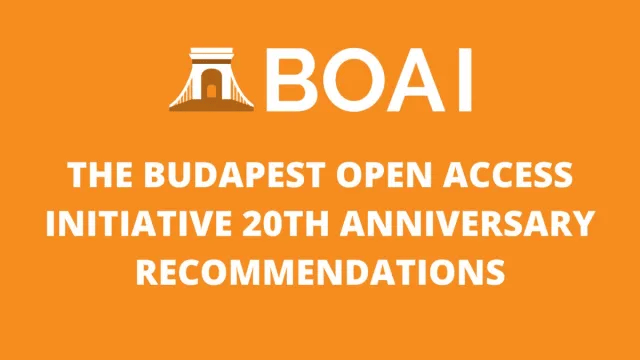The case study in Psychology: self-realization and personal growth from the subject’s activity
DOI:
https://doi.org/10.5281/zenodo.14869071Keywords:
personality, case study, methods, primary psychological units, motivational psychological formationsAbstract
Personality is an essential psychological category that arises from the peculiar integration of bio-psycho-social components and how the subject faces the challenges of his environment since it is a key tool to understanding one’s emotions and those of others. The case study in the context of personality psychology allowed a deep exploratory study of some primary psychological units and motivational psychological formations. For this purpose, various instruments were used, which involved the collection of detailed information about a person through multiple techniques, which, in this case, can be mentioned: projective instruments such as the 10-wishes test, the HTP, Rotter’s sentence completion, as well as the Coopermisth self-esteem inventory, and the Eysenck personality test, together with traditional methods of psychological research such as observation and interview. The present work’s general objective is to study the configuration of a supposedly healthy subject’s personality to describe the contents and functional aspects of the phonological dimension.
Downloads
References
Allport, G. W. (1937). Personality: A psychological interpretation. Holt, Rinehart, and Winston.
Bandura, A. (1977). Social learning theory. General Learning Press Hall.
Bellak, L. (1990). T.A.T, C.A.T., y S.A.T: Uso clínico (5ª ed.). Editorial Manual Moderno.
Bender, L. I. (2003). Bender Visual Motor Gestalt Test (2 ed.). WPS Publish.
Branden, N. (1994). The six pillars of self-esteem. Bantam Books.
Brown, A. (1999). Qualitative methods in psychology. Academic Press.
Brown, A. (2018). The foundations of psychological research. Oxford University Press.
Cohen, A. (1993). The House-Tree-Person Test: A guide to the interpretation of drawings. Routledge.
Coopersmith, S. (1967). The antecedents of self-esteem. W.H. Freeman.
Costa, P. T., & McCrae, R. R. (1992). Revised NEO Personality Inventory (NEO-PI-R) and NEO Five-Factor Inventory (NEO-FFI) professional manual. Odessa, FL: Psychological Assessment Resources.
Duckworth, A. (2016). Grit: The power of passion and perseverance. Scribner.
Erikson, E. (1950). Childhood and society. Norton.
Eysenck, H. J. (1990a). The structure of human personality. Routledge.
Eysenck, H. J. (1990b). The biological basis of personality. Transaction Publishers.
Eysenck, H. J. (1991). Dimensions of personality: 16, 5, 3? - Criteria for a taxonomic paradigm, Personality and Individual Differences, 12(8), 773-790. https://doi.org/10.1016/0191-8869(91)90144-Z
Eysenck, H. J., & Eysenck, S. B. (1985). Personality and individual differences: A natural science approach. Plenum Press.
Goleman, D. (1995). Emotional intelligence: Why it can matter more than IQ. Bantam Books.
Gómez, L. (2019). Interview techniques in clinical psychology. Editorial Psique.
Gómez, L. (2020). Research methods in psychology. Editorial Psico.
Harris, M. (1999). Narrative psychology: Theory and practice. Routledge.
Holtz-Eakin, E., Baron, I. S. (2011). Human Figure Drawing
Tests. In: Kreutzer, J. S., DeLuca, J., Caplan, B. (eds) Encyclopedia of Clinical Neuropsychology. Springer, New York, NY. https://doi.org/10.1007/978-0-387-79948-3_1552
Horney, K. (1950). Neurosis and human growth: The struggle toward self-realization. Norton.
Koppitz, E. M. (1984). Psychological evaluation of children’s human figure drawings. Grune & Stratton.
Lewis, T. (1999). The art of interviewing in psychology. Cambridge University Press.
López, M. (2005). Psychological assessment through drawing: The HTP test. Editorial Síntesis.
López, M. (2017). Psychology of emotions. Editorial Psicólogos Asociados.
Maslow, A. H. (1991). Motivación y personalidad. Harpers. Ediciones Días de Santos.
Pretrovski, A. V. (1980). Psicología evolutiva y pedagógica. Progreso.
Rogers, C. R. (1961). The interpersonal relationship in the facilitation of learning. In Supporting lifelong learning volume I (R. Harrison, F. Reeve, A. Hanson, J. Clarke eds.).
Seligman, M. (2011). Flourish: A new understanding of happiness and well-being and how to achieve them. Nicholas Brealey Publishing.
Seligman, M. E. P., Ernst, R. M., Gillham, J., Reivich, K., & Linkins, M. (2009). Positive education: positive psychology and classroom interventions. Oxford Review of Education, 35(3), 293-311. https://doi.org/10.1080/03054980902934563
Skinner, B. F. (1953). Science and human behavior. Macmillan.
Vygotsky, L. S. (1978). Mind in society: The development of higher psychological processes. Harvard University Press.
Vygotsky, L. S. (1994). The socialist alteration of man. In R. Van der Veer, & J. Valsiner (Eds.), The Vygotsky readet (pp. 175-184). Oxford: Blackwell.
Vygotsky, L. S. (1998). The Collected Works of L. S. Vygotsky: Child Psychology (Cognition and Language: A Series in Psycholinguistics. Spring.
Published
Data Availability Statement
The datasets used and/or analyzed during the current study are available from the corresponding author on reasonable request.
Issue
Section
License
Copyright (c) 2025 Mercedes C. Jiménez, Israel Acosta (Author)

This work is licensed under a Creative Commons Attribution-NonCommercial-ShareAlike 4.0 International License.































